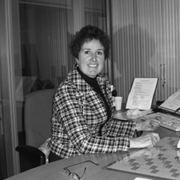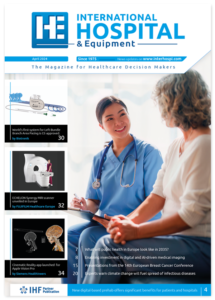The bidirectional relationship between CVD and cancer
Cardiovascular disease is the most frequent cause of mortality globally, with cancer the second most frequent cause: CVD accounts for over 30percent, and cancer around 17percent, of deaths worldwide. In the more affluent western countries, because of the enormous improvements in diagnosis and management of CVD, cancer has overtaken CVD as the leading cause of death. However as populations age the two conditions frequently coexist. Of course many of the modifiable risk factors are shared, but CVD is also a known complication of cancer therapy and recent robust population studies have shown that patients with some forms of CVD have an increased risk of cancer.
Most of the modifiable risk factors for both conditions are well known, and include tobacco smoking, physical inactivity, unhealthy dietary habits and obesity. There are also well established risk factors for CVD that recent studies suggest may also be risk factors for cancer, such as Type 2 diabetes, and hypertension and hyperlipidaemia, both prevalent in cancer survivors. Alcohol consumption, a known risk factor for cancers including those of the alimentary tract, liver and breast, is also a risk factor for CVD (unless consumption is light, which is still considered protective against CVD).
As the number of patients surviving cancer continues to increase, more and more data are available demonstrating that the risk of morbidity and mortality from CVD in these individuals is greater than in subjects without a history of cancer. For instance, a robust analysis involving over a million female survivors of breast cancer compared with control women who had not had cancer reported that the risk of CVD mortality was significantly lower in the control group. Cancer itself can cause local and systemic cardiovascular conditions such as effusions and arrhythmias, and in addition many of the drugs and drug combinations used in cancer chemotherapy can be cardiotoxic, such as anthracyclines, trastuzumab and most of the approved tyrosine kinase inhibitors. Radiation therapy can affect the pericardium, valves and myocardium long term.
Recently a Danish group of over 9000 cancer-free chronic heart failure (HF) patients were compared over time with the general Danish population and a significantly increased risk of cancer was demonstrated in the HF group. Over a thousand US cancer-free survivors of myocardial infarction followed by HF were also shown to have a significantly higher risk of developing cancer compared with patients who did not have HF.
It is surely prudent that all healthcare providers as well as CVD and cancer patients are informed about this bidirectional relationship.


